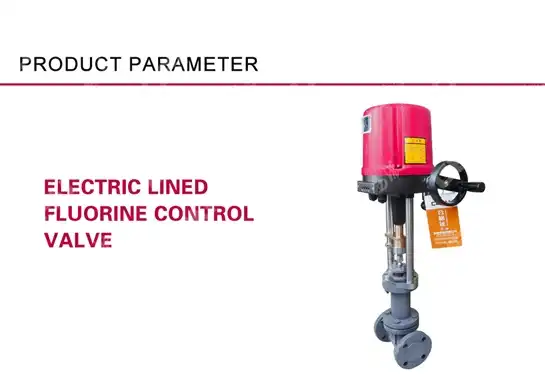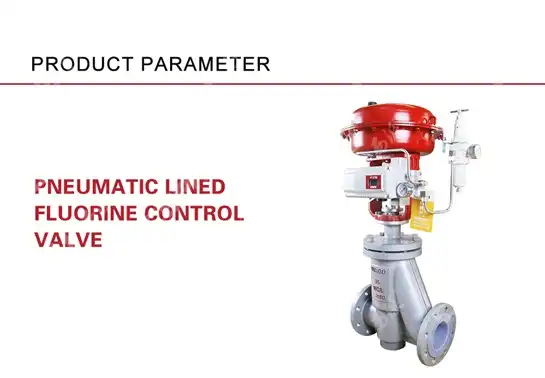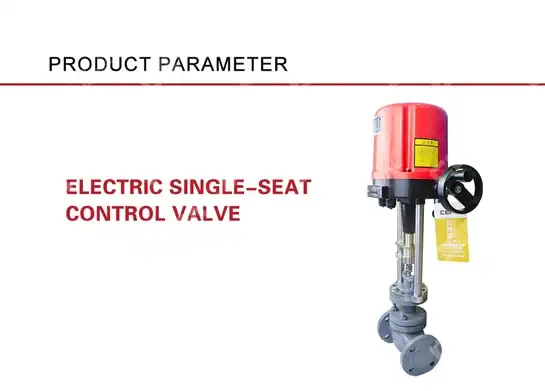The Anatomy of a High-Safety Bellows Valve: A Visual Breakdown
Industrial operations face a critical challenge: preventing catastrophic failures when dealing with toxic, corrosive, or high-pressure fluids. Traditional valve sealing mechanisms often fail under extreme conditions, leading to dangerous leaks, environmental contamination, and costly downtime. The High-Safety Bellows Valve emerges as a revolutionary solution, combining advanced engineering with leak-proof design to ensure absolute containment in the most demanding applications. Understanding the intricate anatomy of these sophisticated devices is crucial for engineers, plant operators, and safety managers who cannot afford system failures in mission-critical processes.
Essential Components of High-Safety Bellows Valve Design
The High-Safety Bellows Valve represents a pinnacle of engineering excellence, incorporating multiple sophisticated components that work in perfect harmony to deliver uncompromising performance. The valve body serves as the foundation, typically manufactured from high-grade stainless steel or specialized alloys capable of withstanding extreme pressures and corrosive environments. This robust construction ensures structural integrity even under the most demanding operational conditions. The bonnet assembly forms the upper section of the High-Safety Bellows Valve, housing critical internal mechanisms while providing access for maintenance procedures. Advanced manufacturing techniques ensure precise machining tolerances, creating seamless interfaces between components that eliminate potential leak paths. The integration of specialized gaskets and sealing surfaces within the bonnet design contributes significantly to the valve's overall safety performance.
-
Bellows Element Construction and Materials
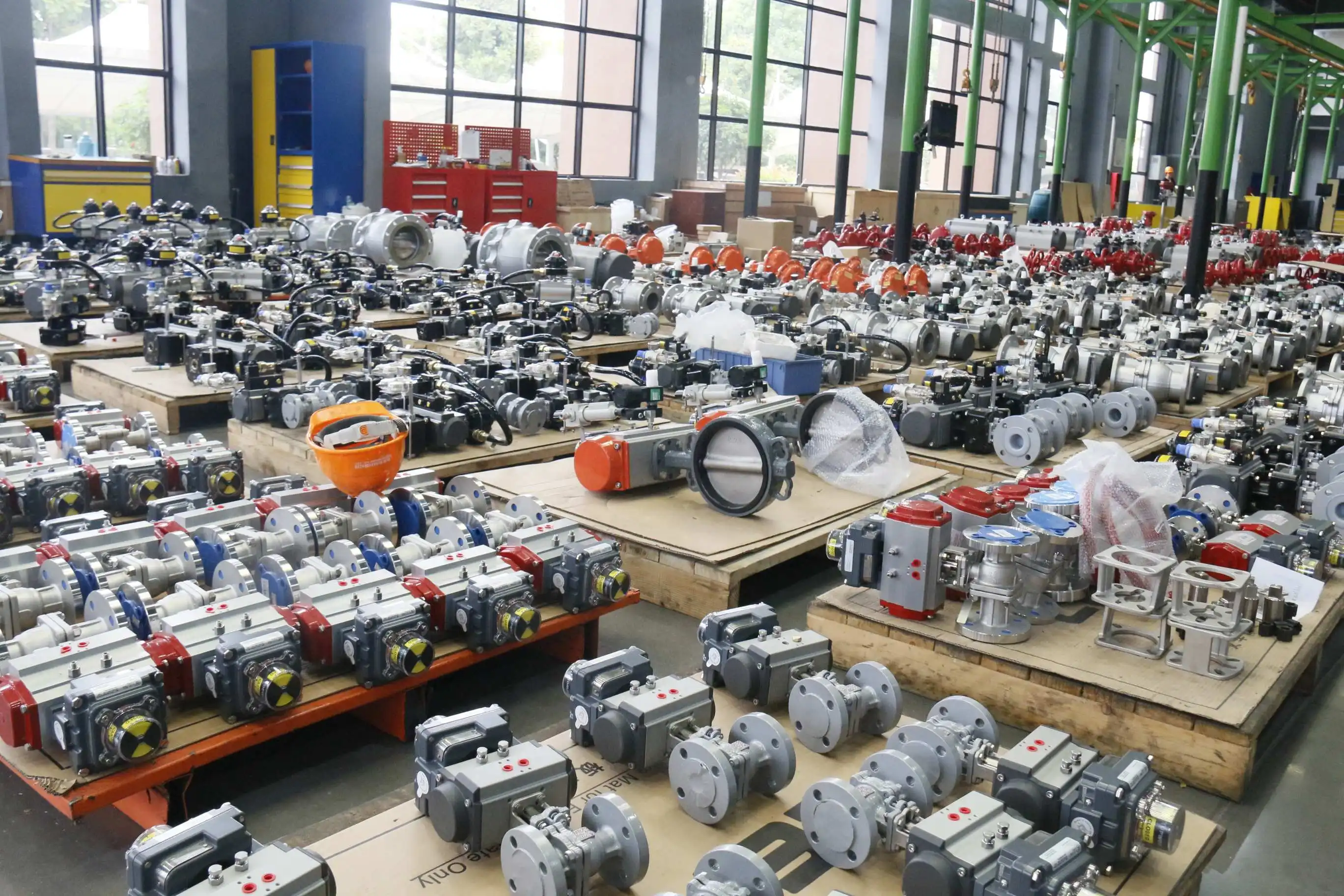
The heart of any High-Safety Bellows Valve lies in its bellows element, a marvel of metallurgical engineering that provides the primary sealing mechanism. These bellows are typically constructed from multiple layers of thin stainless steel, carefully formed into accordion-like convolutions that allow for axial movement while maintaining perfect sealing integrity. The material selection process involves rigorous testing to ensure compatibility with specific process media and operating conditions. Manufacturing processes for bellows elements require extraordinary precision, with each convolution formed through specialized hydraulic or mechanical processes that maintain consistent wall thickness and stress distribution. The welding procedures used to attach bellows to valve stems and bonnets follow stringent quality standards, often involving electron beam welding or other advanced techniques that create seamless, leak-proof joints. Quality control measures include helium leak testing and stress analysis to verify the integrity of every bellows assembly.
Advanced Sealing Mechanisms in High-Safety Applications
High-Safety Bellows Valve designs incorporate multiple sealing barriers to ensure absolute containment of process fluids. The primary seal consists of the bellows element itself, which eliminates the need for traditional packing materials that can deteriorate over time. This packless design represents a fundamental advancement in valve technology, providing inherent safety advantages that cannot be achieved through conventional sealing methods. Secondary sealing systems within High-Safety Bellows Valve assemblies provide additional protection against potential failures. These backup systems often include specialized O-rings, metal-to-metal seals, or additional bellows arrangements that maintain containment even if primary sealing elements experience unexpected stress or damage. The redundant design philosophy ensures that single-point failures cannot compromise overall system safety.
-
Pressure Rating and Safety Factors
Engineering calculations for High-Safety Bellows Valve pressure ratings involve complex stress analysis that considers fatigue life, material properties, and safety factors required for critical applications. Bellows elements must withstand not only static pressure loads but also dynamic forces generated during valve operation cycles. Advanced finite element analysis techniques enable engineers to optimize bellows geometry for maximum safety margins while maintaining operational flexibility. Testing protocols for pressure rating verification include hydrostatic pressure testing at levels significantly exceeding normal operating conditions. These tests validate the structural integrity of all valve components while confirming that safety factors meet or exceed industry standards. Documentation of test results provides traceability and compliance with regulatory requirements that govern safety-critical applications.
Operational Characteristics and Performance Benefits
The operational performance of High-Safety Bellows Valve systems extends far beyond basic flow control functions, encompassing sophisticated capabilities that address the most challenging industrial requirements. These valves demonstrate exceptional response characteristics, with precise control authority that enables accurate flow regulation across wide operating ranges. The inherent design eliminates stick-slip phenomena common in traditional valve configurations, ensuring smooth operation throughout the entire stroke range. Temperature stability represents another critical performance advantage of High-Safety Bellows Valve designs. The bellows element naturally accommodates thermal expansion and contraction without compromising sealing integrity, making these valves ideal for applications involving significant temperature variations. Advanced metallurgical treatments and material selection ensure that bellows maintain their elastic properties across extreme temperature ranges.
-
Maintenance Advantages and Lifecycle Benefits
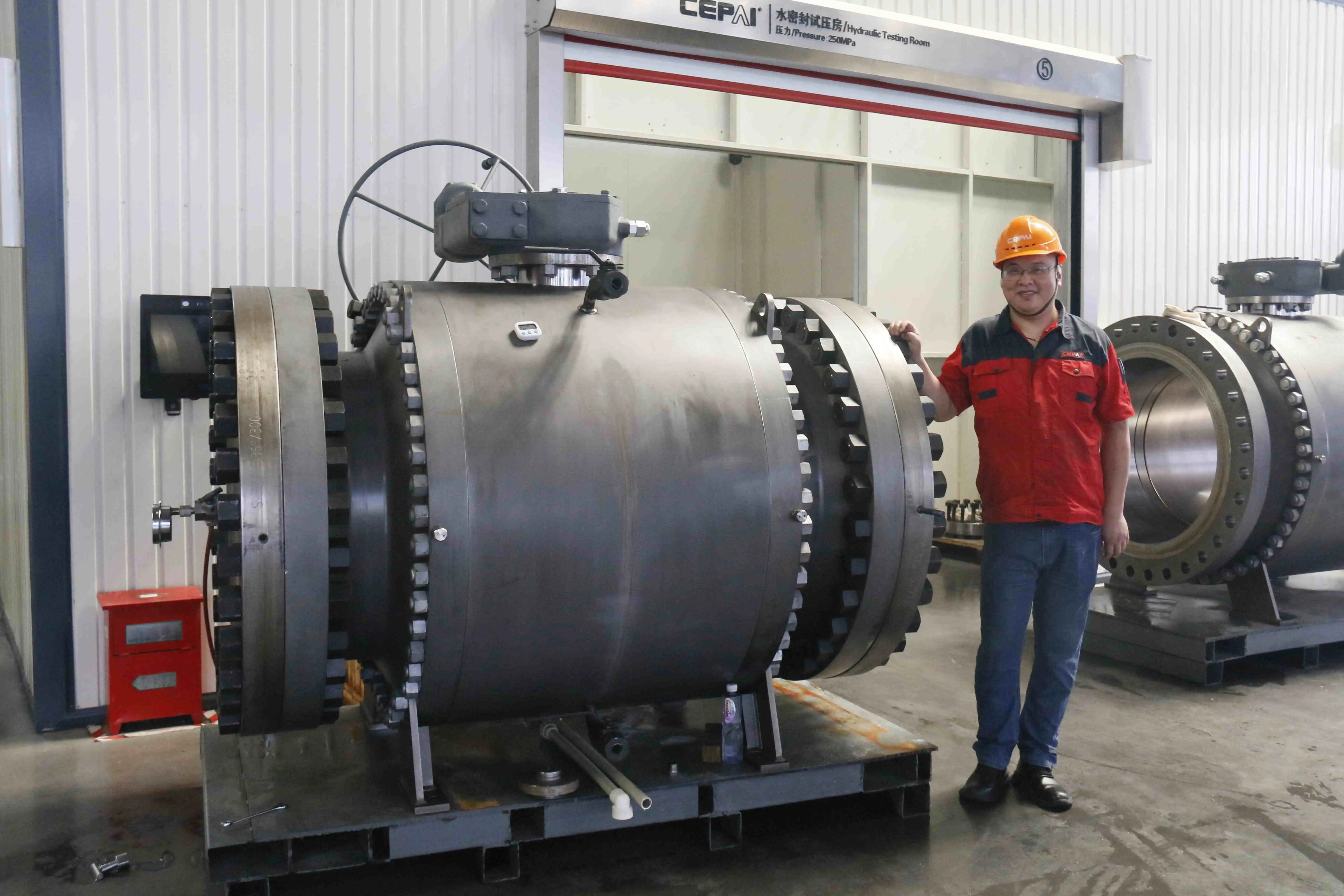
High-Safety Bellows Valve designs offer substantial maintenance advantages compared to conventional valve technologies. The elimination of traditional packing materials removes a common failure mode while reducing routine maintenance requirements. Bellows elements, when properly sized and manufactured, can provide decades of reliable service without requiring replacement or adjustment. Predictive maintenance capabilities built into modern High-Safety Bellows Valve designs enable condition monitoring through various sensing technologies. These systems can detect early signs of potential issues, allowing maintenance teams to schedule interventions before failures occur. The combination of inherent reliability and advanced monitoring creates a comprehensive approach to asset management that maximizes operational availability while minimizing lifecycle costs.
Quality Assurance and Manufacturing Excellence
Manufacturing processes for High-Safety Bellows Valve production require adherence to the most stringent quality standards in the industrial valve industry. Every component undergoes rigorous inspection procedures that verify dimensional accuracy, material composition, and surface finish requirements. Advanced metrology equipment ensures that manufacturing tolerances meet design specifications while maintaining consistency across production batches. Quality management systems governing High-Safety Bellows Valve production typically incorporate ISO 9001 principles along with specialized industry standards that address safety-critical applications. Traceability requirements mandate documentation of material sources, manufacturing processes, and testing results for every valve assembly. This comprehensive approach to quality assurance ensures that customers receive products that consistently meet or exceed performance expectations.
-
Testing and Certification Protocols
Comprehensive testing protocols for High-Safety Bellows Valve qualification include both component-level and system-level evaluations. Individual bellows elements undergo fatigue testing that simulates thousands of operational cycles under various pressure and temperature conditions. These tests validate the longevity expectations built into valve designs while identifying potential failure modes that could compromise safety performance. System-level testing incorporates full valve assemblies in configurations that replicate actual service conditions. These evaluations include pressure testing, leakage verification, flow coefficient validation, and endurance testing that confirms operational reliability over extended periods. Certification procedures often involve third-party validation to ensure compliance with industry standards and regulatory requirements.
Conclusion
High-Safety Bellows Valve technology represents the pinnacle of industrial valve engineering, combining advanced materials, precision manufacturing, and innovative design concepts to deliver uncompromising safety performance in the most demanding applications.
Cooperate with CEPAI Group Co., LTD.
CEPAI Group Co., LTD. stands as your premier China High-Safety Bellows Valve manufacturer, offering world-class engineering excellence backed by over 15 years of specialized experience in high-end energy valve manufacturing. As a recognized national high-tech enterprise and Jiangsu Smart Factory, our company delivers High Quality High-Safety Bellows Valve solutions that meet the most stringent international standards including API, ISO, and CE certifications.
Our advanced 156 million yuan intelligent manufacturing facility features the longest high-precision flexible production line in the Asia Pacific region, ensuring exceptional quality control and delivery capabilities. As your trusted China High-Safety Bellows Valve supplier, we provide comprehensive pre-sales technical consultation, customized engineering solutions, and complete after-sales service support. Whether you need High-Safety Bellows Valve for sale in standard configurations or require specialized wholesale solutions, our expert team delivers innovative products at competitive High-Safety Bellows Valve prices.
Partner with CEPAI Group Co., LTD. as your reliable China High-Safety Bellows Valve factory and experience the difference that advanced technology, rigorous quality management, and dedicated customer service can make for your critical applications. Contact us today at cepai@cepai.com to discuss your specific requirements and discover how our High-Safety Bellows Valve solutions can enhance your operational safety and efficiency.
References
1. "Design Fundamentals for Balanced Bellows Spring Loaded Safety Valves" - LESER Technical Documentation, Engineering Department
2. "Characteristics and Performance Analysis of Industrial Safety Valve Systems" - Dr. Maria Santos, Journal of Process Safety Engineering
3. "Bellows Seal Technology in Critical Service Applications" - Professor James Mitchell, Institute of Mechanical Engineers
4. "Advanced Materials and Manufacturing Techniques for High-Performance Valve Components" - Dr. Robert Chen, International Valve Research Consortium
_1745994800896.webp)
Get professional pre-sales technical consultation and valve selection services, customized solution services.

About CEPAI
